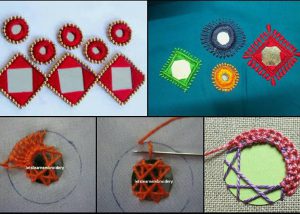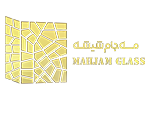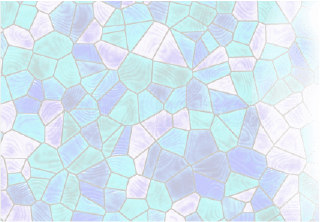ترجمه این پست به زبان های دیگر نیز روی سایت هست:
 English
English  Persian
Persian
Embroidery with a mirror
Shisha Work is a type of Embroidery with a glass needle that is popular in many parts of Asia. This is done with small pieces of a glossy reflective sheet like a mirror.
This method is also known for embroidery with a mirror.
Shisha derived from a Persian word meaning “glass”.
Embroidery with a mirror
It is believed that embroidery with mirrors began in the seventeenth century in India, although it may have been more ancient.
In older samples of embroidery mirror, mica was used as a glossy surface.
Later, silver, tin or thin coins replaced the tin, sometimes even from the wings of the beetle for this work. But in the early twentieth century glass was replaced by this material. The glass was divided into large, convex pieces, so that the prototype had a curved and convex one.

Initially, making glass for embroidery was considered the most important part of a woman’s work.
But from the late twentieth century, most of the glass was lined up massively using special machines, cutting and silver. By the end of the twentieth century, shiny plastic disks replaced glass. Because the glass and mica mirrors did not hole to cling to the fabric text, a cross-thread was used to tighten it.
Sometimes a bundle of tin was placed on the glass, and then that frame was placed on the cloth.
The mirror was widely used on fabric (such as women’s clothing and hats), as well as wall coverings.
In the late nineteenth century, various styles were used in Afghanistan, China, Indonesia, India, Iran and Pakistan.
Source
.
.
Mahjam Glass builds a variety of mirrored models.
The plot of you, making of us.
You can decorate your house like a palace.




